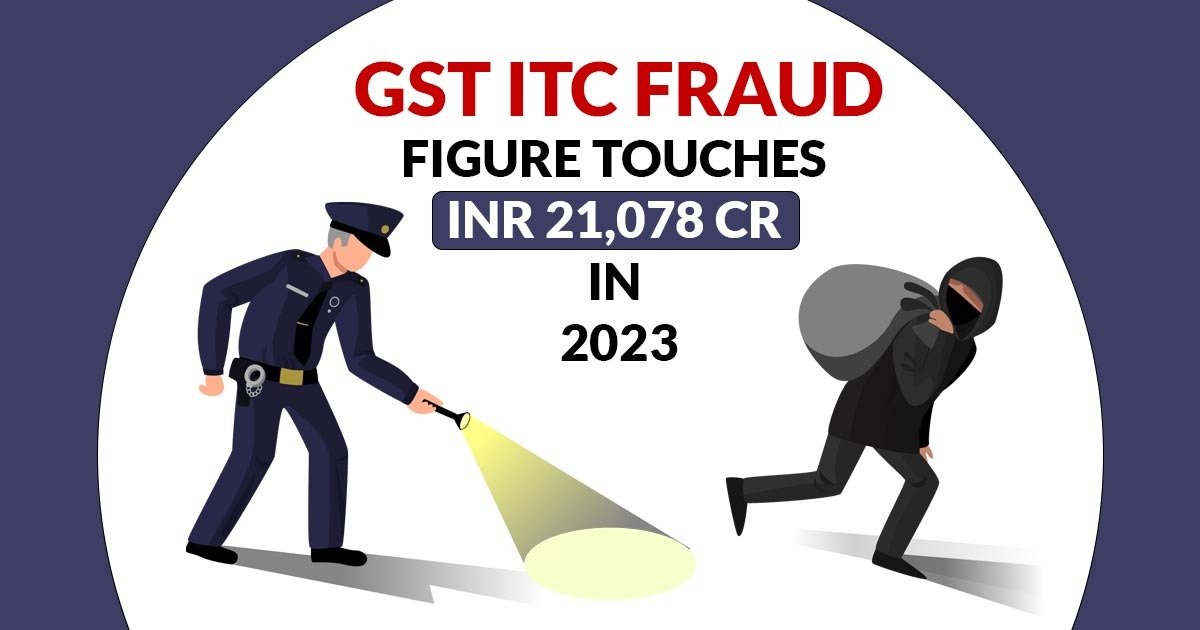M. Madhavan Nair, J.@mdashThese two Second Appeals arise out of two suits, C. S. Nos. 472 of 1951 and 199 of 1952, on the file of the Munsiff of Taliparamba between almost identical parties. The plaintiffs in O. S. No. 199 are the defendants in O. S. No. 472; the defendants in O. S. 199 are the 1st plaintiff in O. S. No. 472 and his father; and the 2nd plaintiff in O. S. No. 472 is the sister of the 1st plaintiff therein. The parties claim the properties, involved in these suits and lying contiguously, under three lease deeds, Ext. A1 in favour of the plaintiffs in O. S. No. 472 and Exts. B1 and B8 in favour of the plaintiffs in O. S. No. 199. These lease deeds describe the property covered therein by exact measurements, enabling easy identification thereof. Ext. A1 is for a piece of land, 45 by 34 in 6 ft. koles. The document stood in favour of the 2nd defendant in O. S. No. 199 who has assigned the same as per Ext. A13 to his children the plaintiffs in O. S. 472. Even there the land is described by specific measurements. There is no allegation in these suits that the plaintiff''s in O. S. No. 472 have come to any agreement with the landlord in respect of any piece of land outside that covered by Ext. A1.
2. The Kerala Agrarian Relations Act which is to govern the relationship between landlords and tenants now defines the tenant as :
any person who has paid or has agreed to pay rent or other consideration for his being allowed by another to possess and to enjoy the land of the latter............
It follows that a tenant can only be the person who has been inducted on the property by the landlord on an agreement to pay rent. As there is no averment that any piece of land not covered specifically by the document Ext. A1 has been the subject of any agreement with the landlords, the plaintiffs in O. S. No. 472 cannot claim to be tenants of any land outside that specifically covered by Ext. A1. So also is the case of Exts. B1 and B8. Both the courts below have taken the view that the measurements given in the documents are of little significance, and possession as on the date of suit alone counts. When parties have expressed their agreements in solemnly executed documents, it is not warranted that courts should give the go-by to every recital therein and leave the parties at large. As the claims in these suits have been made only on the basis of the above-said lease deeds, viz., Exts. A1, B1 and B8, their rights have to be adjudged in the light of the description of the properties in those documents.
It is contended that two years'' bona fide possession prior to the 11th day of April 1957 would confer a right of legal tenancy, with fixity of tenure, in the occupant. Explanation II to Clause (50) of Section 2 of the Kerala Agrarian Relations Act is not enacted as a panacea for all unauthorised occupations of other''s lands. The expression "bona fide believing himself to be a tenant" signifies a lot and limits the scope of the expression within just limits.Nothing is said to be done or believed in ''good faith'' which is done or believed without due care and attention.
(Section 2(14) of the Interpretation and General Clauses Act).
The Explanation may well apply to cases where a tenant continues on the holding by virtue of Travancore-Cochin Act VIII of 1950 or Kerala Act I of 1957 or where a lease deed fails for want of registration or other formalities. It cannot save a person encroaching or trespassing on another''s land which will be dealt with under other provisions of law duly. As the approach made by the courts below is incorrect, their decrees in both the suits are set aside, and the suits remanded to the court of first instance for fresh disposal in the light of observations made above. The court-fee remitted on the respective memorandum of appeal will be refunded to the respective appellants.

